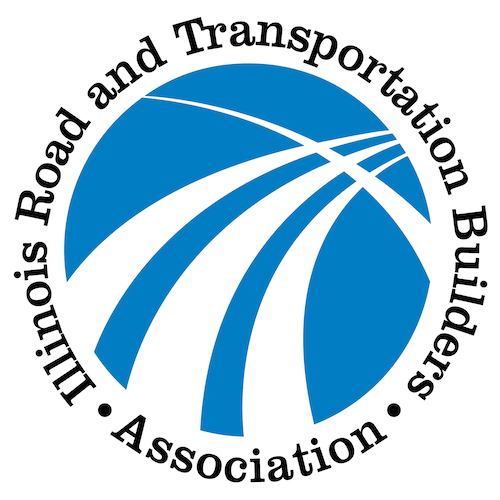Investing in Illinois’ surface transportation system improves road and bridge conditions and reduces driver costs
• A total of 41% of Illinois’ major roads are in poor or mediocre condition. Driving on deteriorated roads costs Illinois motorists $5.4 billion a year – $628 per driver – in the form of additional repairs, accelerated vehicle depreciation, and increased fuel consumption and tire wear.
• A total of 9% of Illinois’ bridges are rated in poor/structurally deficient condition, meaning there is significant deterioration to the major components of the bridge. A total of 34% of the state’s bridges are at least 50 years old, an age when many bridges require significant rehabilitation or replacement.
• Vehicle travel in Illinois dropped by 40% in April 2020 due to the Covid-19 pandemic (as compared to the same month the previous year), but rebounded to 4% below pre-pandemic levels by 2022. Since 2000, vehicle travel on Illinois’ roads increased 1% and the state’s population increased 1%.
• The Infrastructure Investment and Jobs Act (IIJA), signed into law by President Biden in November 2021, will provide $11.3 billion in state funds for highway and bridge investments in Illinois over the next five years, including a 48% funding increase. Federal funds currently support 36% of the state’s transportation department spending on highway and bridge improvements.
• The Federal Highway Administration’s national highway construction cost index, which measures labor and materials cost, increased by 28 percent during the first three quarters of 2022. Construction cost inflation, the erosion of motor fuel taxes due to inflation, improved fuel efficiency, and the adoption of hybrid and electric vehicles threaten the state’s ability to keep pace with growing transportation needs. Roadway improvements can reduce traffic crashes and save lives
• From 2018 through 2022, 5,871 people died on Illinois’ highways, an average of 1,174 annual fatalities. Illinois’ traffic fatality rate of 1.26 fatalities per 100 million vehicle miles of travel is lower than the national average of 1.35.
• Traffic fatalities began to increase in 2020, even as vehicle travel dropped dramatically due to the pandemic, and have remained elevated. From 2019 to 2022, the number of traffic fatalities in Illinois increased by 27% and the traffic fatality rate per 100 million vehicle miles of travel increased 34%, even as vehicle travel decreased by 4% during that time.
• Traffic crashes in Illinois imposed a total of $20.5 billion in economic costs in 2022. TRIP estimates that a lack of adequate roadway safety features, while not the primary factor, was likely a contributing factor in approximately onethird of all fatal traffic crashes, resulting in $6.8 billion in economic costs in the state in 2022. These costs include work and household productivity losses, property damage, medical costs, rehabilitation costs, legal and court costs, congestion costs, and emergency services. Investing in our transportation system generates jobs, fosters economic recovery and growth, and improves safety
• Investments in the surface transportation system will boost Illinois’ economy in the short-term by creating jobs and in the long-term will enhance economic competitiveness, stimulate sustained job growth, improve access and mobility, improve traffic safety, reduce travel delays, and improve road and bridge conditions.
• Roads and highways are the backbone of our economy, allowing Illinois motorists to travel 103.5 billion miles annually and moving a significant portion of the $1.5 trillion worth of commodities shipped to and from the state each year. But, conditions on the system are deteriorating, as the need for transportation improvements far outpaces the amount of state and federal funding available.
• The design, construction and maintenance of transportation infrastructure in Illinois supports approximately 154,000 full-time jobs across all sectors of the economy. Approximately 2.6 million full-time jobs in Illinois in key industries like tourism, retail sales, agriculture and manufacturing are completely dependent on the state’s transportation network. Latest data from the U.S. Census Bureau, USDOT, FHWA, BTS, ARTBA, NHTSA, and AAA compiled and analyzed by TRIP
